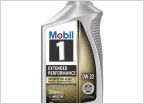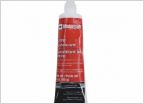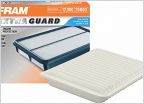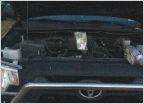-
Welcome to Tacoma World!
You are currently viewing as a guest! To get full-access, you need to register for a FREE account.
As a registered member, you’ll be able to:- Participate in all Tacoma discussion topics
- Communicate privately with other Tacoma owners from around the world
- Post your own photos in our Members Gallery
- Access all special features of the site
HP/TQ curve
Discussion in '4 Cylinder' started by JNG, Jan 13, 2019.


 Oem oil filter
Oem oil filter Grinding noise in rear end
Grinding noise in rear end AirFilter for '05 PreRunner 2.7L 4-cyl
AirFilter for '05 PreRunner 2.7L 4-cyl Question For DIYers On Oil Change: Oil Capacity Incorrect on 2.7?
Question For DIYers On Oil Change: Oil Capacity Incorrect on 2.7? Help locate hole for Cartridge Block Heater. Already drained coolant.
Help locate hole for Cartridge Block Heater. Already drained coolant.








































































